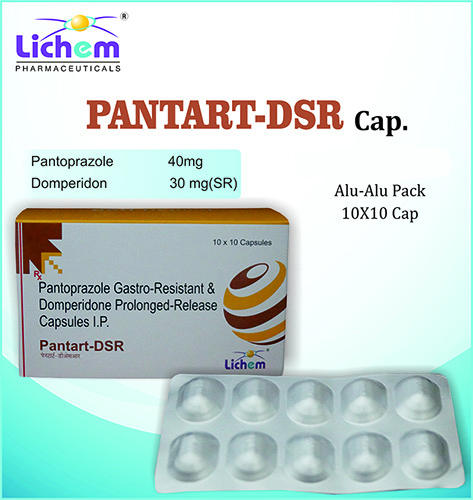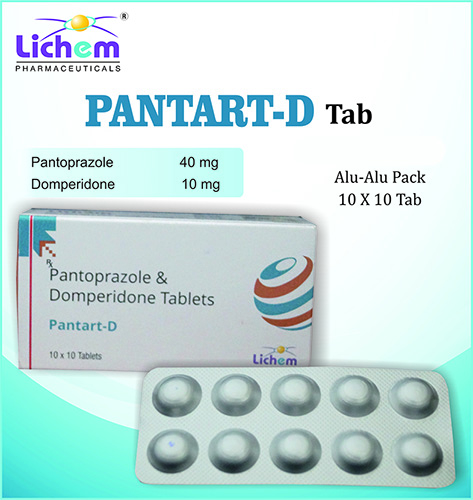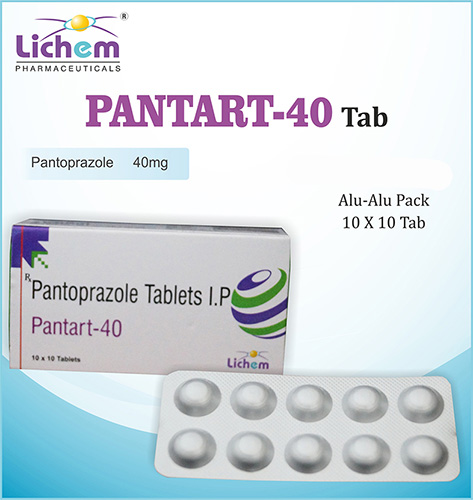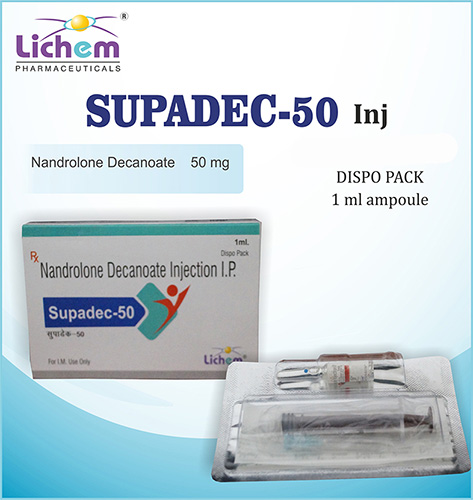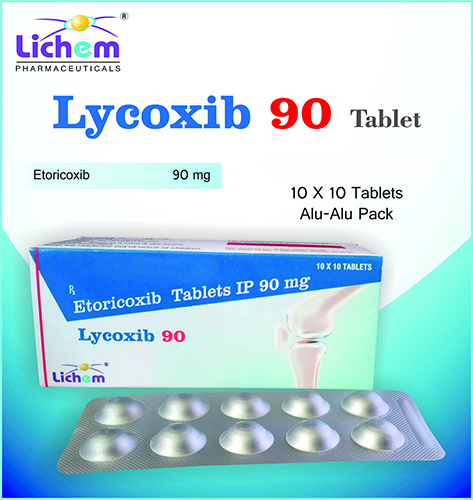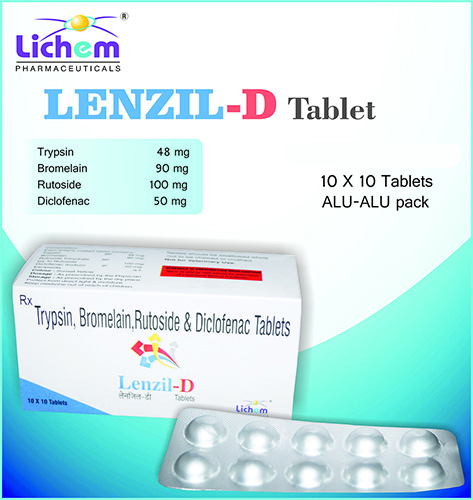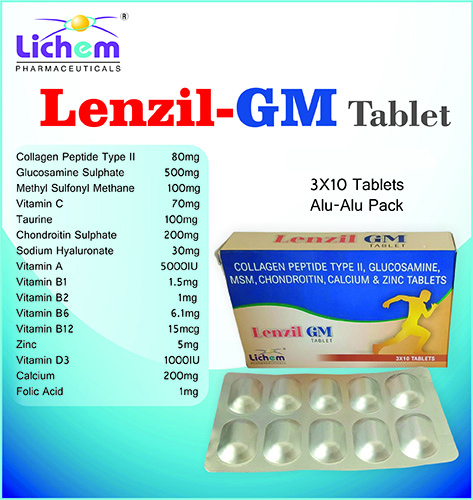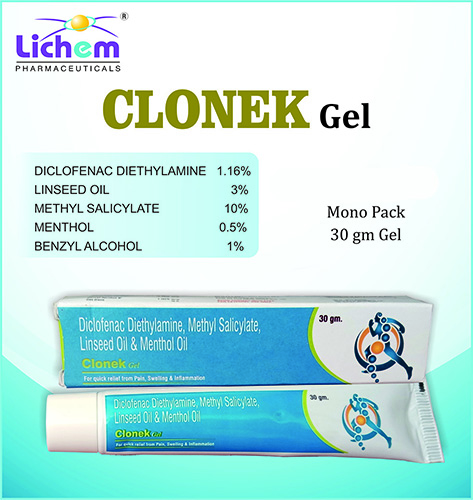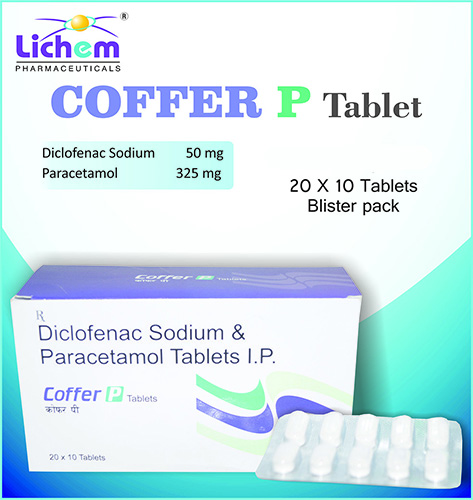Composition : Pantoprazole 40mg + Domperidone 30mg (SR) Pantoprazole : A proton pump inhibitor (PPI) that reduces stomach acid production. It works by blocking the action of an enzyme in the stomach lining responsible for acid secretion. This creates a less acidic environment in the stomach, which helps with: Relief of GERD symptoms: Heartburn, acid reflux, and chest pain caused by stomach acid flowing back into the esophagus. Healing of peptic ulcers: By reducing acidity, Pantoprazole creates a more favorable environment for ulcers in the stomach or upper small intestine to heal. Domperidone : A prokinetic agent that helps to improve the movement of food through the digestive system. It works by: Increasing the muscle contractions of the stomach, which helps to push food towards the intestines. Strengthening the lower esophageal sphincter (LES), the muscular valve between the esophagus and stomach, which can help prevent acid reflux. INDICATIONS GERD Z.E.Syndrome Acute UGI Bleeding Hiatus Hernia Hyperacidity
Send Message